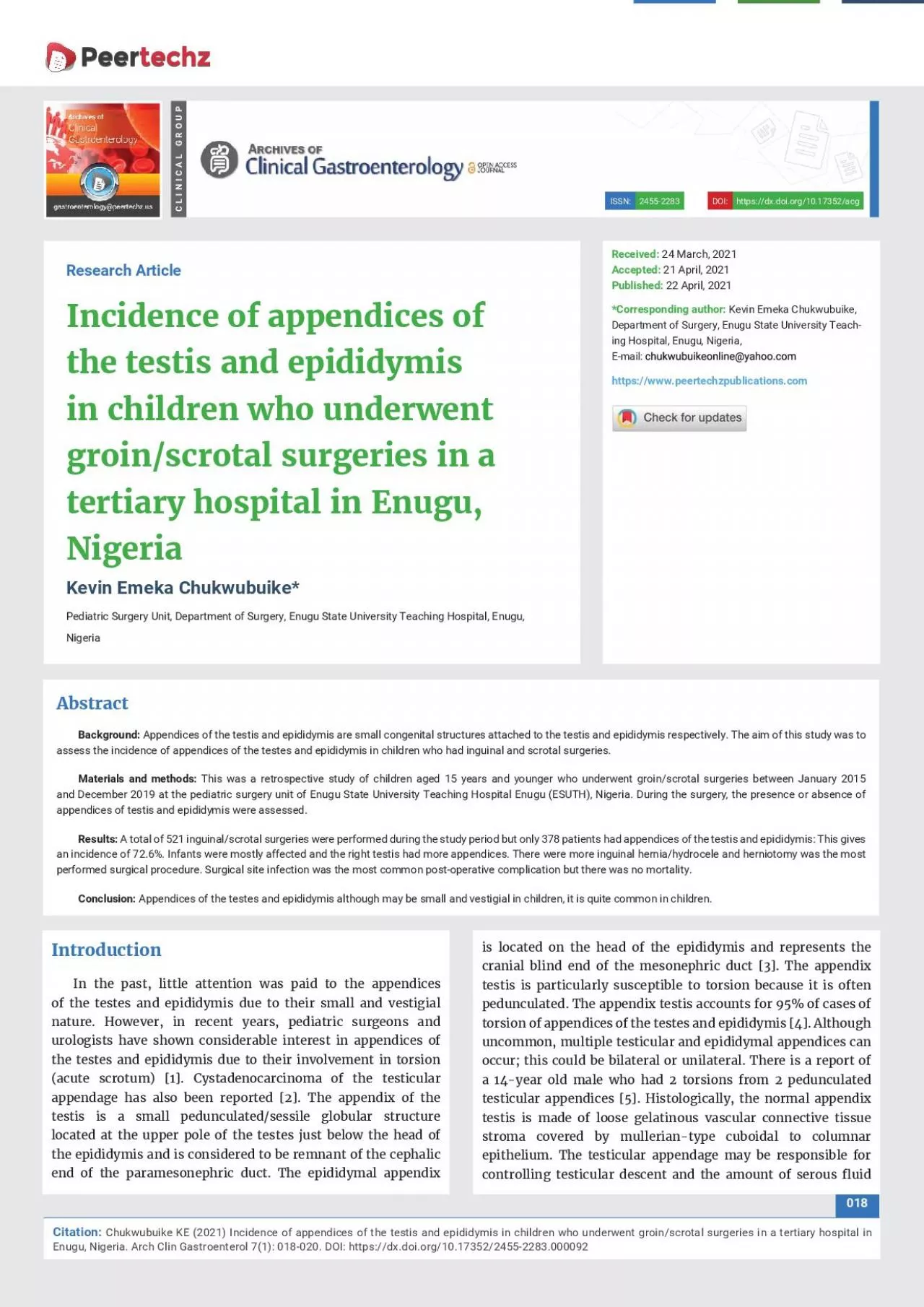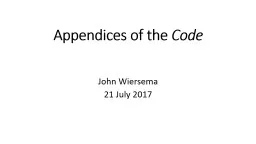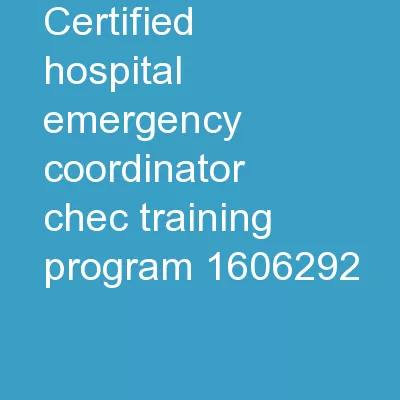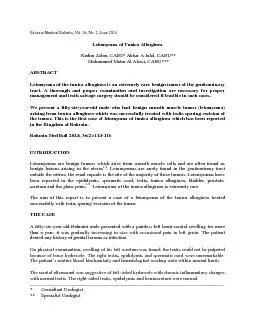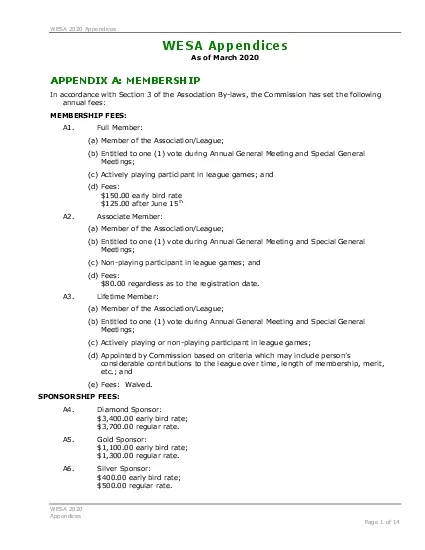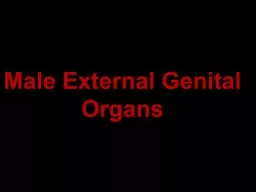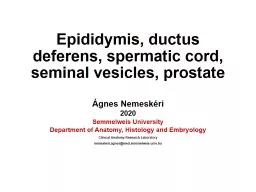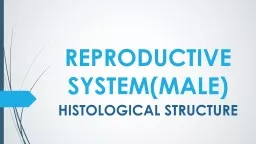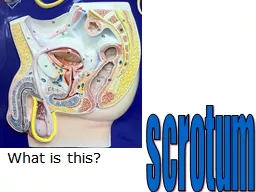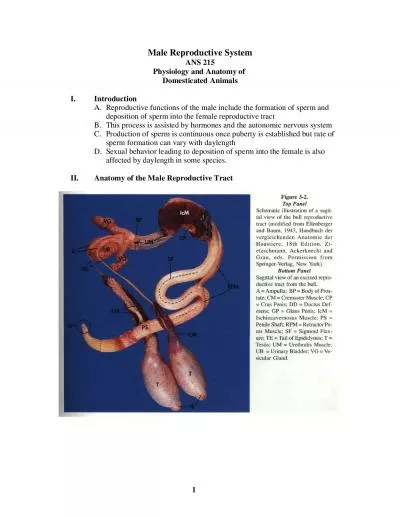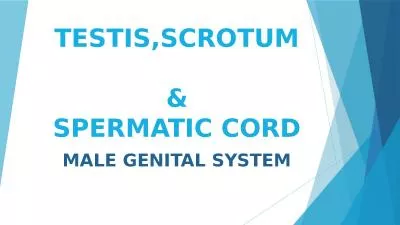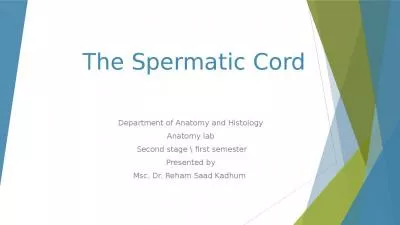PDF-Appendices of the testis and epididymis are small congenital structure
Author : adia | Published Date : 2022-08-16
the testis and epididymis Nigeria Kevin Emeka Chukwubuike Department of Surgery Enugu State University Teach In the past little attention was paid to the appendices
Presentation Embed Code
Download Presentation
Download Presentation The PPT/PDF document "Appendices of the testis and epididymis ..." is the property of its rightful owner. Permission is granted to download and print the materials on this website for personal, non-commercial use only, and to display it on your personal computer provided you do not modify the materials and that you retain all copyright notices contained in the materials. By downloading content from our website, you accept the terms of this agreement.
Appendices of the testis and epididymis are small congenital structure: Transcript
Download Rules Of Document
"Appendices of the testis and epididymis are small congenital structure"The content belongs to its owner. You may download and print it for personal use, without modification, and keep all copyright notices. By downloading, you agree to these terms.
Related Documents

